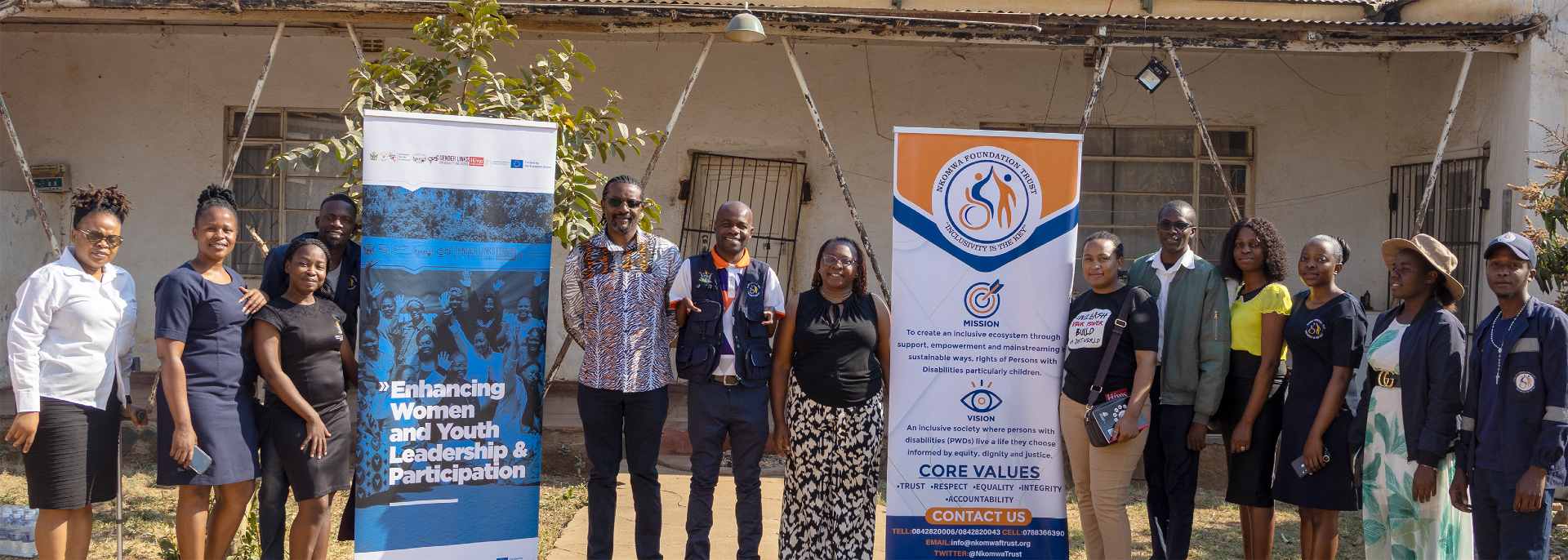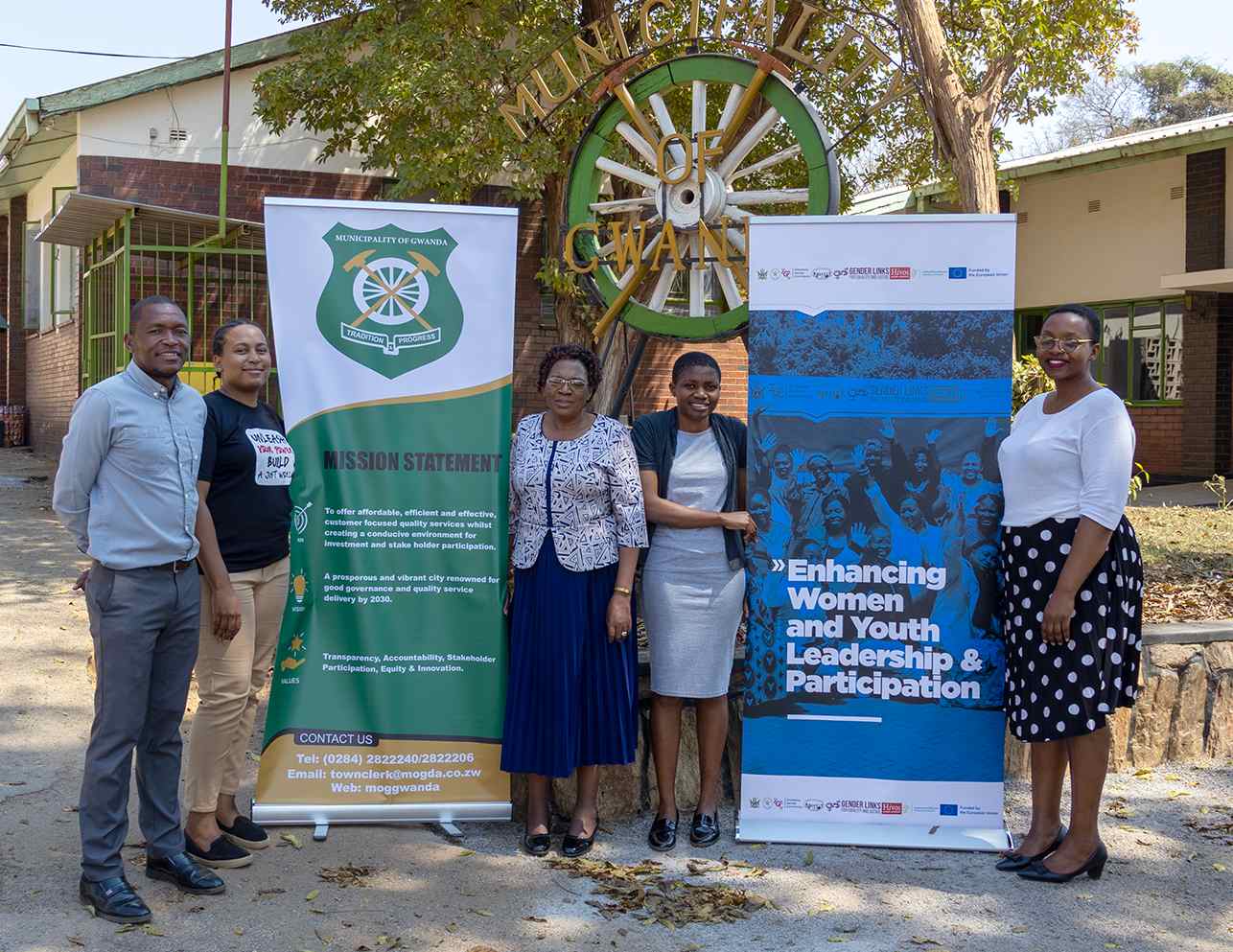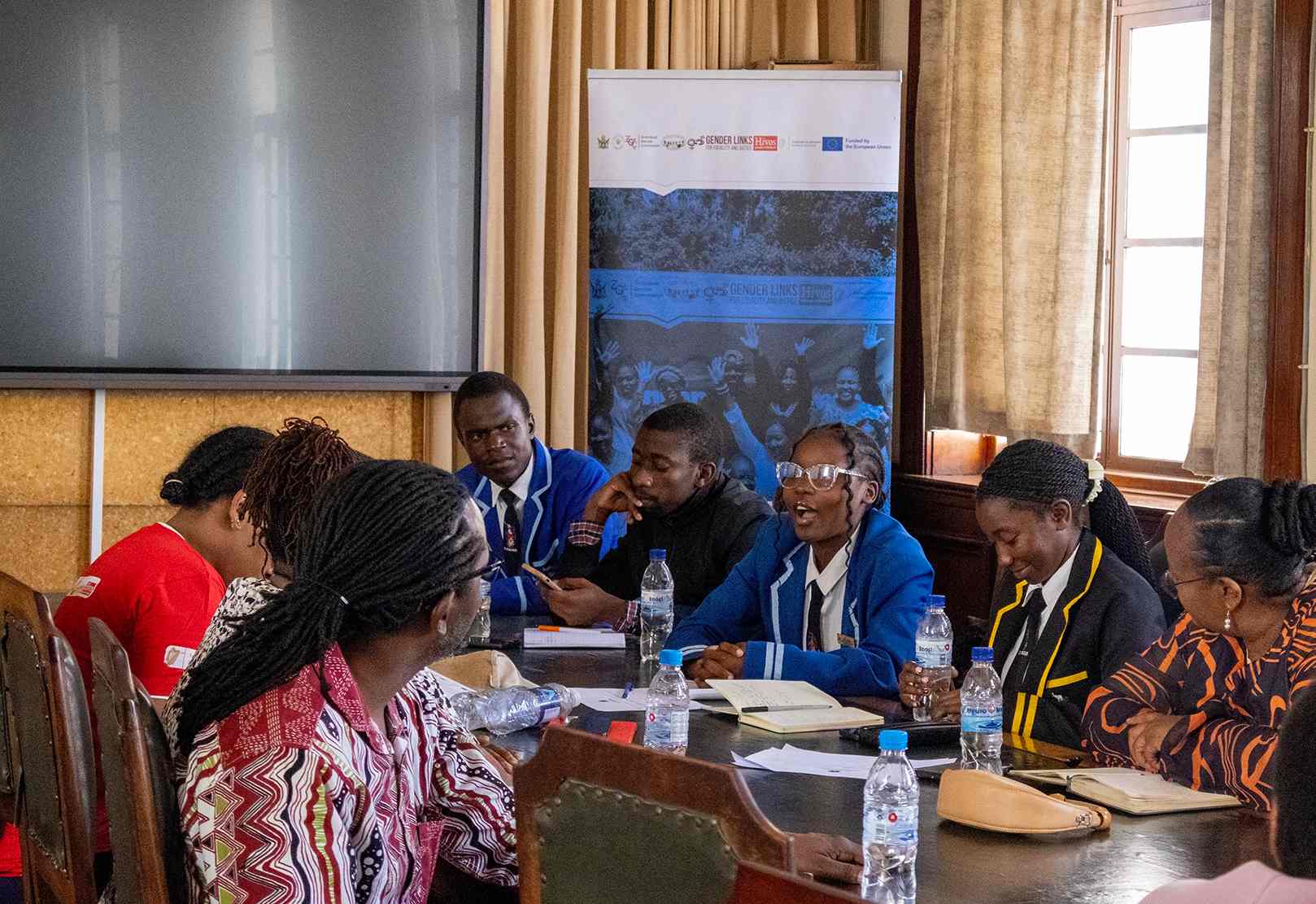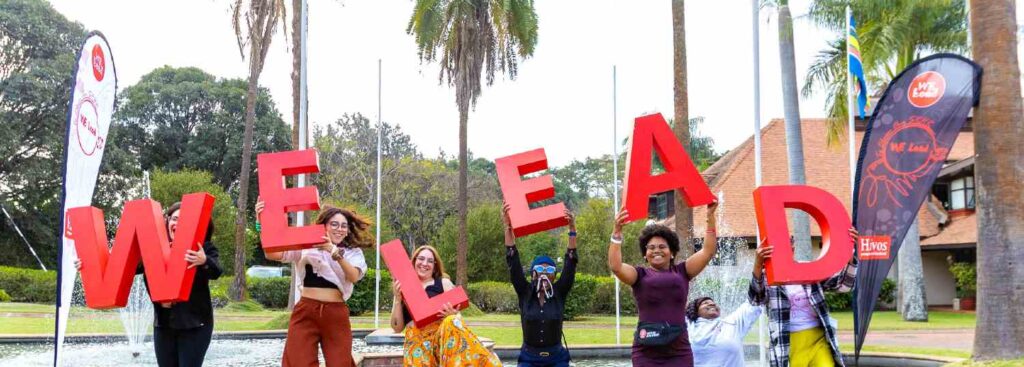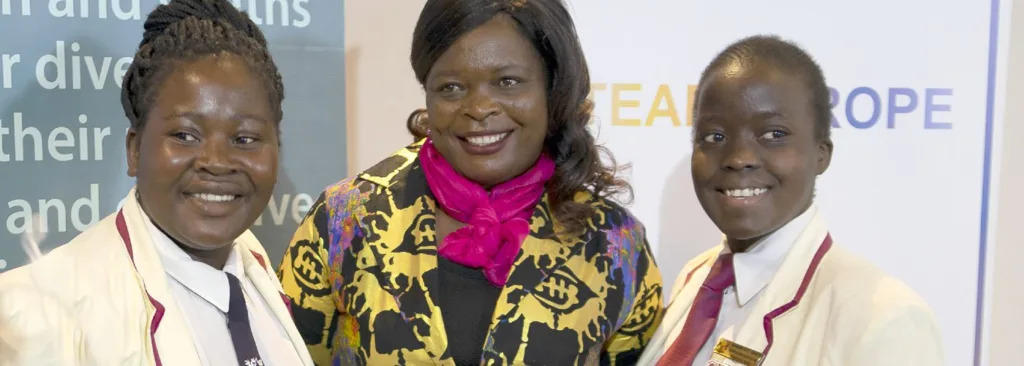In Zimbabwe, women and youth are systematically excluded from places of power. The Women and Youth Leadership and Participation (WYLP) project organized them to advocate for change and take part in decision-making processes. As WYLP came to an end in August, Tambudzai Madzimure had the privilege of harvesting the fruitful results of the project. She writes about how they initiate conversations and gather for inclusivity and accountability in policy.
By Tambudzai Madzimure, Women Empowerment Programs Manager, Hivos Southern Africa
The Women and Youth Leadership Participation (WYLP) project has sought to address one of Zimbabwe’s pressing challenges: the systematic exclusion of women and young people from governance and decision-making processes. Following the decline in the number of women running for parliamentary seats in the 2023 Harmonized Elections, our mission has been to empower women, youth and the civil society organizations (CSOs) that support them to reclaim meaningful space in governance.
Visiting the communities where the project was implemented was both enlightening and invigorating for me, showcasing the remarkable energy and passion of women and young people in Bulawayo, Gwanda, and Umzingwane. I witnessed stories of resilience, creativity, and determination.
Celebrating the community achievements
In Bulawayo, the second-biggest city in the country, which is often plagued by water shortages, women organized themselves to demand better service delivery. They petitioned against the introduction of prepaid water meters, reminding city officials that water is a fundamental human right and should be accessible to all, regardless of economic status. This demonstrated to me the power of organized community voices in influencing policy.
Though the Bulawayo City Council has taken action towards disability inclusion and has a disability policy in place, the women also called for penalties to ensure compliance across buildings in the city. This underscores the need for accountability in implementing policies. They even proposed using the money raised from such penalties to support disability initiatives. This is another sign of the women’s future planning and responsible citizenship.
In Gwanda, project participants primarily used radio to raise awareness because it is the most accessible platform in the area. Through various community radio programs, they sparked conversations about topics such as the Constitution of Zimbabwe, gender-based violence and marriage laws. The programs quickly became popular due to their interactive call-in segments and WhatsApp messages, proving how participatory platforms can deepen civic participation and community activism.
In Umzingwane, I met women who have taken proactive steps toward economic empowerment by pooling their resources to invest in each other’s businesses. They also started school gardens, which enhanced food security and generated income for the community members.
Intersecting concern across all districts
Although the women and youth in the three districts largely face different challenges and adopt different solutions, one social ill impacts nearly every community and is of national concern.
Zimbabwe is in the throes of a concerning drug epidemic, with young people being the most susceptible to substance abuse. As many are the primary caregivers, women have witnessed firsthand the devastating effect that drugs and alcohol abuse has had on individuals, families, and communities. Moved by this, they have lobbied for police action and government support for improved rehabilitation services, emphasizing that community safety and well-being must be prioritized in local governance.
Key lessons that will extend beyond the project
The WYLP project reaffirmed for me that transformation follows quickly when previously silenced voices are given space. The newly elected councilors I met spoke of higher citizen turnout in community meetings. The junior councilors have become more confident in demanding youth-friendly initiatives, such as recreational centers and budget allocations.
I have learned four lessons from this journey that extend far beyond this project:
- Engaging local authorities and using media effectively can amplify community voices.
- Economic initiatives driven by community members can lead to sustainable change.
- Prioritizing support services for vulnerable populations is essential for community well-being.
- Supporting young leaders can help build a more inclusive political landscape.
What comes next for the women and youth leaders
Although the WYLP project has ended, I witnessed many changes that will have a long-lasting impact. Women and youth in Bulawayo, Gwanda, and Umzingwane are now more knowledgeable, empowered and better connected. They are no longer on the margins of decision-making.
My greatest hope is that these efforts will not stop here. Continued support for similar initiatives will ensure that the voices of women and young people will remain central to shaping Zimbabwe’s democratic future. This has been more than a project; It has been a development of courage, unity and vision.

